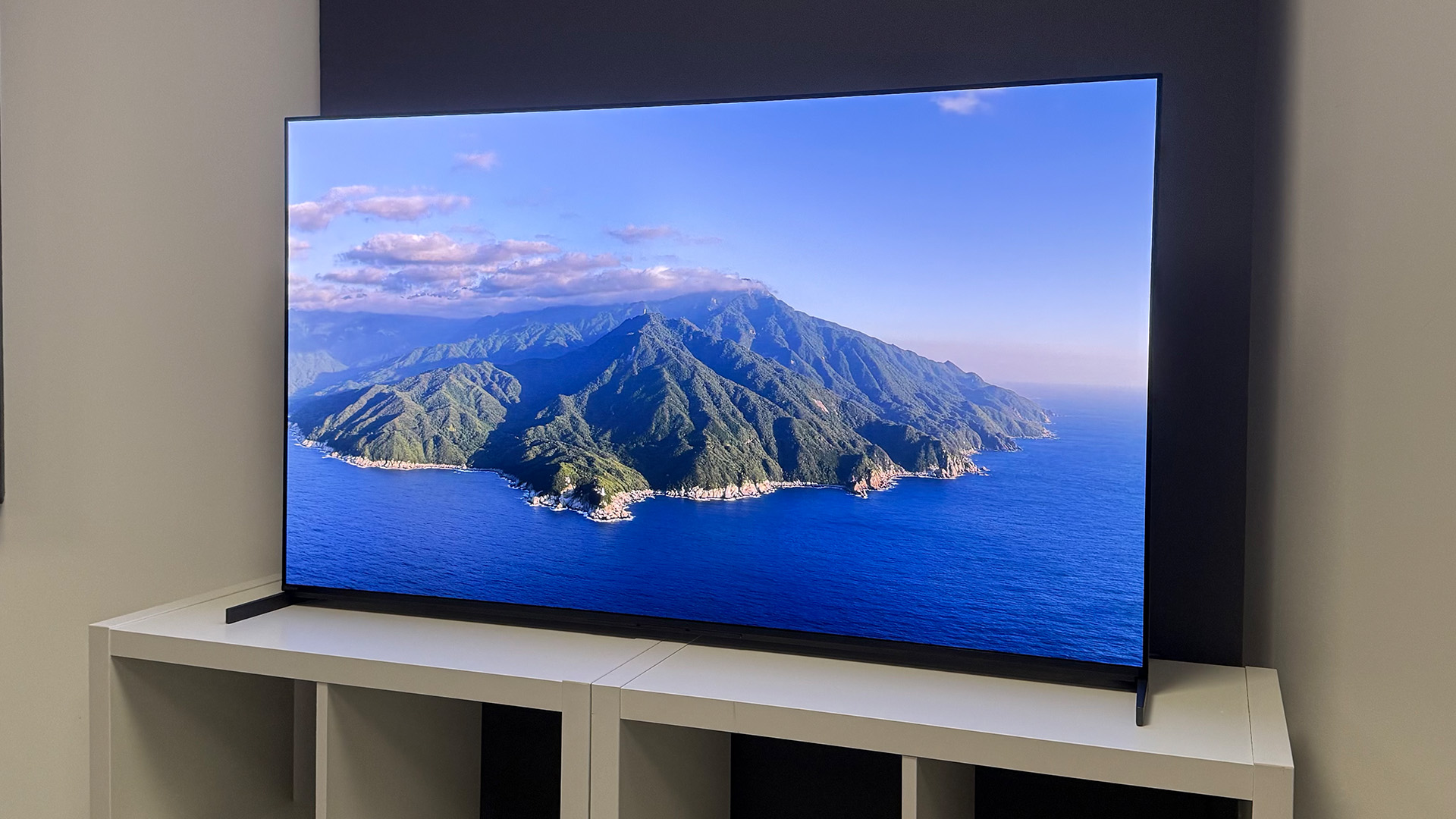Netflix brings high-efficiency AV1 streams to TVs for the very first time
Only some devices are supported

Netflix has started streaming to TVs using the AV1 video codec. The video service had already been using the high-efficiency technology in its Android app last year, but has now expanded it to select TV sets too and the results have proved promising.
AV1 compresses video more efficiently without reducing picture quality. For anyone out and about, it means you can stream more content without racking up a huge phone bill. And those at home could stream higher-quality content (8K video, say) without requiring sky high internet speeds. Indeed, Netflix states that its test households have reported noticeable video quality improvements compared to the incumbent tech, MPEG4 and HEVC.
All of Netflix's AV1 streams are encoded in 10-bit colour depth and in the highest available resolution and frame rate including HFR (high frame rate), but not HDR for the time being.
According to Netflix, the trial has been going well with some streams having peak bitrates close to the upper limit allowed by the AV1 spec. That's 30Mbps for AV1 5.0 while level 5.1 maxes out at 40Mbps.
"This allows us to present the content exactly as creatively envisioned," Netflix said.
Netflix claims a 2 per cent reduction in play delay with AV1 and up to 38 per cent reduction in noticeable drops in streaming quality on some TVs too. The company has begun the conversion to AV1 by re-encoding its most popular content first.
In order to reap the benefit, you'll need a TV with an AV1 decoder that meets the required spec. These include "select" Samsung 2020 models (UHD, QLED and 8K), Samsung's The Frame, Serif and The Terrace models from 2020, any TV connected to a PS4 Pro streaming the Netflix app, select Amazon Fire TV devices with Fire OS 7 and above, and select Android TV devices with Android OS 10 and above.
The latest hi-fi, home cinema and tech news, reviews, buying advice and deals, direct to your inbox.
Don't worry if your TV isn't compatible. Netflix will still use the HEVC and MPEG4 AVC codecs, so you won't notice any difference.
Netflix says it is "working with external partners to enable more and more devices for AV1 streaming." It is also "exploring" how to enable HDR with the codec.
While this is clearly only the start, the push up to 40Mbps streams and beyond is an excellent sign. Hopefully some day soon, we'll see a Netflix high-bitrate service reach 4K Blu-ray standards, not unlike Sony's Bravia CORE only for a far wider audience.
MORE:
Watch this! The 40 best TV shows to watch on Netflix right now
What are the other best streaming services for TV and movies?
Watch on the go with the best smartphones for music and movies
Joe has been writing about tech for 20 years, first on staff at T3 magazine, then in a freelance capacity for Stuff, The Sunday Times Travel Magazine (now defunct), Men's Health, GQ, The Mirror, Trusted Reviews, TechRadar and many more. His specialities include all things mobile, headphones and speakers that he can't justifying spending money on.

